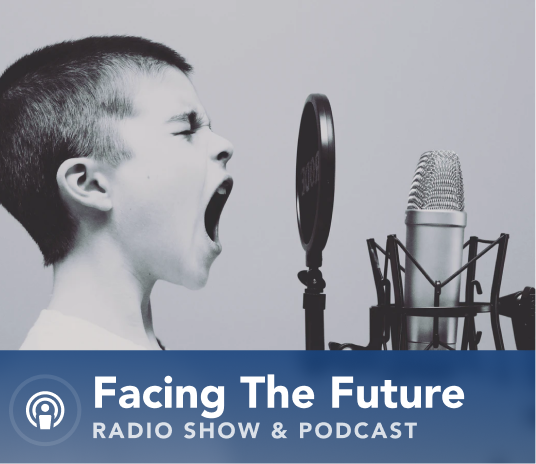This week on Facing the Future, we focused on the latest economic projections from the Federal Reserve Board. For a meeting without a rate change, the last Fed meeting, which concluded on December 13, certainly made some news, particularly with its projection that the Fed might actually begin to reduce interest rates in 2024.
To guide us through the economic news, our guest was Robert Carroll, former Deputy Assistant Secretary for Tax Analysis of the U.S. Treasury Department and currently Co-leader of the EY’s Quantitative Economics and Statistics group (QUEST). Concord Coalition policy director Tori Gorman and chief economist Steve Robinson joined the conversation.
The December Fed meeting was widely described as a “pivot.” As Carroll explained, “prior to last week’s meeting, the conversation was more about do we have inflation under control? How long will the Fed hold interest rates? Will they need to go higher? There wasn’t a lot of attention on lowering rates, at least in the Federal Reserve conversations. At the meeting last week, they indicated that over the next year they anticipate three 25 basis point reductions in the Federal funds target rate. So they were very clear in thinking that rates will go down. They’ll go down by about 75 basis points between now and December. And so that has led to the pivot. Rather than holding, now we’re looking at rates going down.”
He cautioned, however, that “when rates will start going down Is a really big question. After some of the reporting, some members of the Federal Reserve Board tried to pull back or couch or qualify some of the thinking around the reporting from the Fed meeting, and have indicated that inflation is still a serious problem, and they will be very attuned to that and one shouldn’t think that they will aggressively lower lower rates.”
Nevertheless, Carroll observed that the Fed seems on pace to achieve a “soft landing” in their efforts to bring down inflation without causing a major uptick in unemployment or a recession.
“It’s more likely than not, based on the forecast and all the reported data, that we’re going to have a soft landing, Carroll said, “but it doesn’t mean that we’re going to have a rosy picture. It means that growth will slow but the economy will not contract.”
“The labor markets continue to be very, very tight,” he said. “The unemployment rate fell in November from 3.9 percent to 3.7 percent. A lot of that had to do with labor force participation rising a tad. “Importantly, the rise in average hourly earnings is going up about 4 percent. That’s how much they went up in November. That’s consistent with the core PCE and the core CPI numbers. So one of the concerns some economists have had, including the Fed, is that if you have wages rising too fast, that will drive inflation. Now that wages are not really exceeding the rise in the price level, the kind of wage-price spiral is much less of a worry.
As for potential risks to the economy, Carroll cited geopolitical concerns (primarily in Ukraine and the Middle-East), and slowing global growth, particularly in China.
“China is facing significant challenges,” Carroll said. “It has a significant debt issue, particularly in the real estate sector. They have weak consumer spending which is a concern. And then they have a problem that they share with a lot of other countries: the aging of their population. And that will begin to be a drag on economic growth. When you have a society that’s aging, as South Korea does, as Japan does, as Germany does, as China does, and also the United States. But they’re on the front edge of this more so than we are, and that will begin to become a drag on their growth. That’s a long term issue.’
Carroll also cited the growing U.S. debt burden as a risk to the economy.
“As the debt held by the public increases over time, particularly now in a higher interest rate environment, interest costs to the federal government go up and that crowds out private investment. Crowding out private investment reduces the productive capacity of the overall economy and is a drag on growth,” he explained.
Hear more on Facing the Future. I host the program each week on WKXL in Concord N.H., and it is also available via podcast. Join us as we discuss issues relating to national fiscal policy with budget experts, industry leaders, and elected officials. Past broadcasts are available here. You can subscribe to the podcast on Spotify, Pandora, iTunes, Google Podcasts, Stitcher, or with an RSS feed. Follow Facing the Future on Facebook, and watch videos from past episodes on The Concord Coalition YouTube channel.





